Main Navigation Menu
© 2025 Tech Jacks Soutions, All Rights Reserved
© 2025 Tech Jacks Soutions, All Rights Reserved
The fire sale has begun. Seagate’s 2TB Xbox expansion card just hit an all-time low of $219 on Amazon – a desperate 40% clearance that signals the end of one of gaming’s most tone-deaf hardware strategies.
Microsoft’s proprietary storage expansion ecosystem isn’t just struggling; it’s collapsing under the weight of consumer rejection and industry reality.
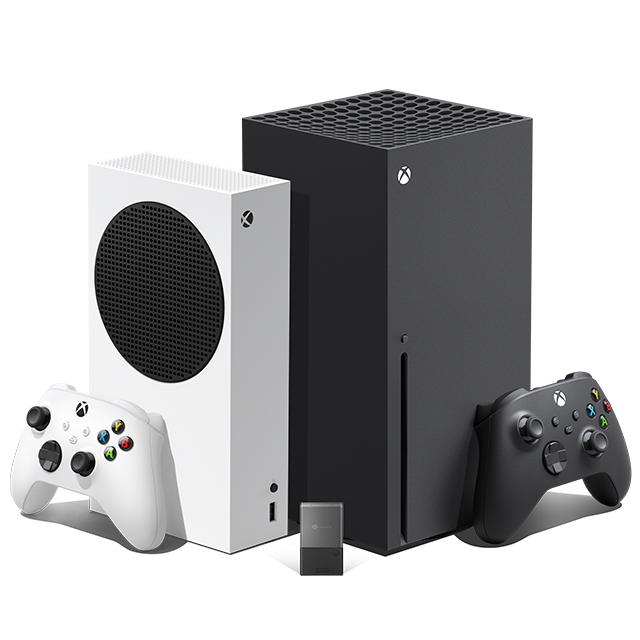
When Microsoft launched the Xbox Series X|S in 2020, the company made a calculated gamble on proprietary storage. Unlike Sony’s PlayStation 5, which supports standard NVMe SSDs with minimal restrictions, Microsoft locked users into a closed ecosystem requiring expensive, licensed expansion cards.
The strategy seemed logical on paper. Microsoft promised guaranteed compatibility and reliability through official licensing, seamless integration with Xbox’s Quick Resume feature, and performance matching the internal SSD. The reality proved far different.
Consumer backlash emerged immediately. Reddit communities dubbed the expansion cards “the biggest scam Microsoft has ever implemented” as users discovered they could purchase multiple terabytes of high-quality NVMe storage for less than a single Xbox expansion card.
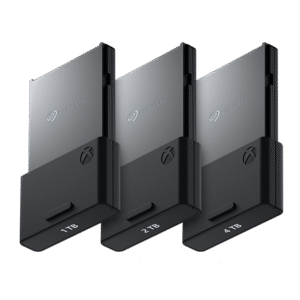
The fundamental problem wasn’t technical – it was economic. Microsoft’s licensing requirements created artificial scarcity that inflated prices far beyond comparable PC storage solutions. While PlayStation 5 users could purchase 2TB NVMe drives for under $150, Xbox owners faced $360 price tags for equivalent capacity.
This pricing disparity exposed Microsoft’s strategy as consumer exploitation disguised as quality assurance. Stanford Law School’s analysis of gaming’s walled gardens identified Microsoft’s storage approach as a textbook example of using proprietary standards to extract excessive profits from captive audiences.
The consumer impact was immediate and measurable. Gaming consoles are becoming more expensive as they age for the first time in history, with storage costs contributing significantly to total ownership expenses. Xbox users found themselves paying premium prices for basic functionality that competitors provided at commodity pricing.
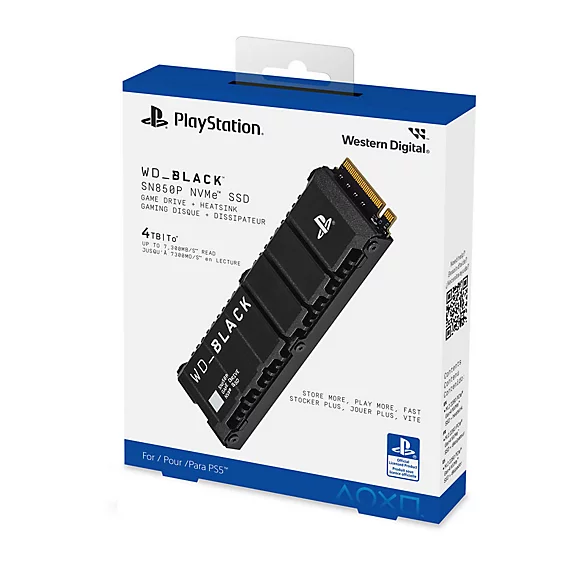
Sony’s approach to storage expansion demonstrates how different the Xbox situation could have been. PlayStation 5 users enjoy access to dozens of compatible NVMe drives from multiple manufacturers, creating healthy price competition and rapid capacity improvements.
The contrast is stark: This is the one thing PS5 absolutely did better than the Xbox Series X and S. While Xbox owners debate whether $360 storage cards represent acceptable value, PlayStation users purchase whatever meets their needs and budget.
This philosophical difference extends beyond pricing. Sony trusted consumers to make informed choices about compatible hardware, while Microsoft assumed users needed protection from themselves. The market verdict is clear: consumers prefer choice over corporate paternalism.
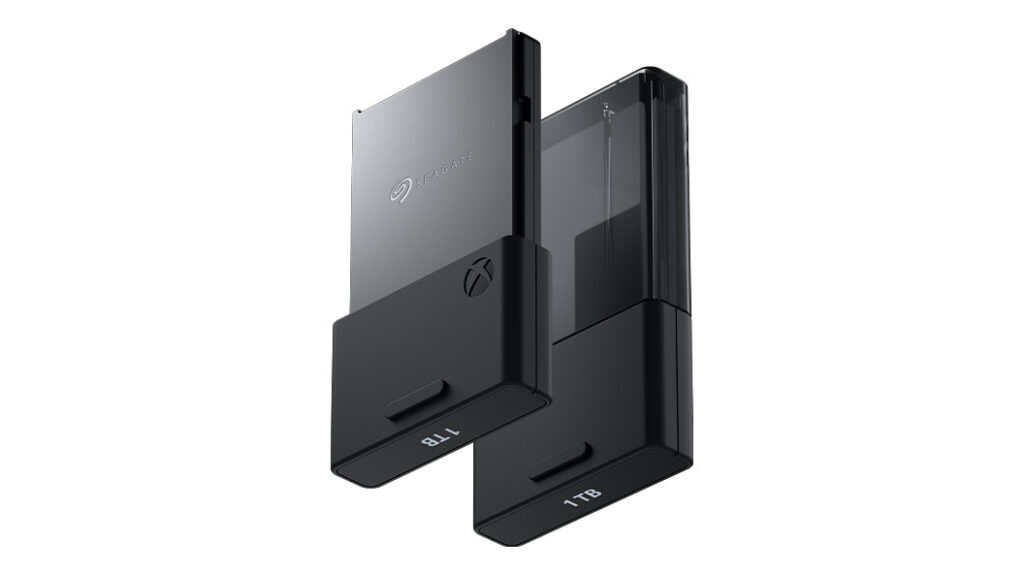
The expansion card ecosystem was designed to generate recurring revenue from Xbox hardware sales. Unlike traditional console business models that relied on software licensing, Microsoft sought to monetize storage as an ongoing service through artificial hardware restrictions.
This strategy initially succeeded in creating vendor lock-in. Early Xbox Series X|S adopters had no choice but to purchase expensive expansion cards or manage storage limitations by constantly deleting and re-downloading games.
However, Microsoft underestimated consumer resistance to obviously exploitative pricing. When Microsoft lowering the price of Xbox Series X storage is good, but not enough, the company acknowledged market pressure but failed to address the fundamental problem: proprietary storage served Microsoft’s interests, not consumers’.
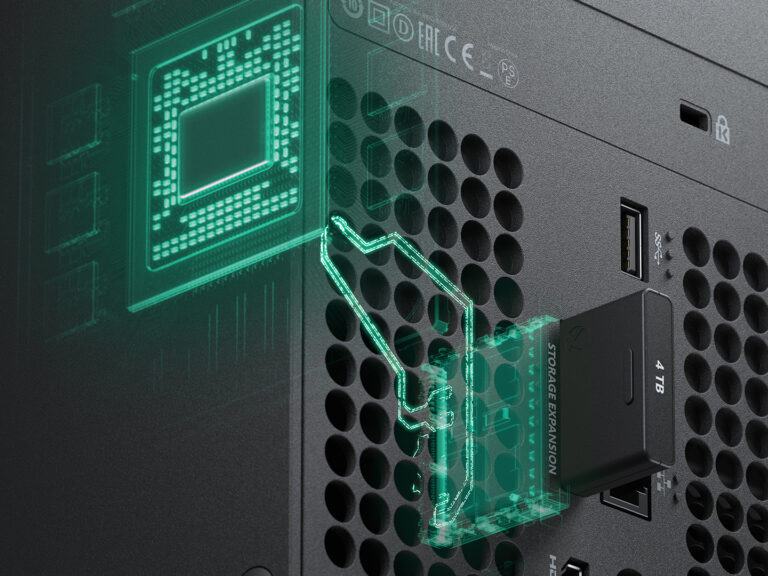
Beyond direct pricing impacts, Microsoft’s storage strategy imposed hidden costs on Xbox users:
Opportunity Cost: Money spent on overpriced expansion cards couldn’t be invested in games, accessories, or other entertainment.
Technical Limitations: Proprietary restrictions prevented users from accessing storage innovations available to PC and PlayStation users.
Future-Proofing Concerns: Expansion cards represent dead-end investments with no utility beyond Xbox Series X|S consoles.
Ecosystem Lock-in: High storage investment costs discouraged platform switching and reduced competitive pressure on Microsoft.
These accumulated costs explain why Xbox Series X|S Owners report storage concerns in 2025 despite the console generation entering its fifth year.
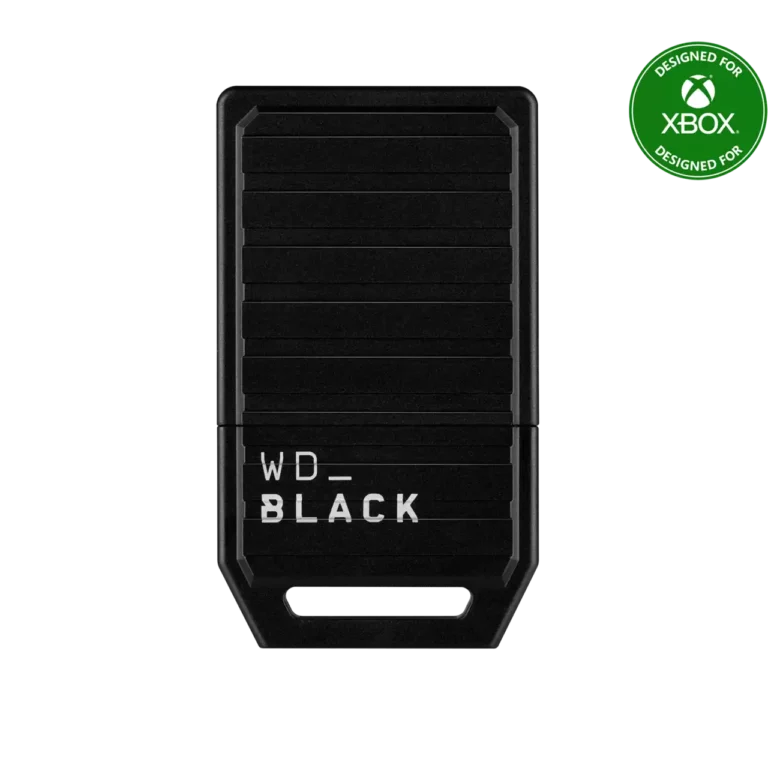
Several factors converged to destroy Microsoft’s storage monopoly:
Western Digital’s Market Entry: The Xbox Series X storage monopoly is finally over thanks to Western Digital introduction of competing expansion cards, though still overpriced, began breaking Seagate’s exclusive partnership.
Consumer Education: Gaming communities effectively communicated the value disparity between Xbox expansion cards and standard NVMe alternatives, reducing information asymmetry that enabled initial exploitation.
Alternative Solutions: Users discovered workarounds using external USB drives for backward-compatible games, reducing demand for expensive internal expansion.
Market Maturity: As the console generation aged, the artificial urgency around storage expansion diminished, allowing consumers to make more calculated purchasing decisions.
Market Reality Check
Today’s 40% clearance pricing on Seagate expansion cards represents acknowledgment of market failure. Amazon’s “final stock” language suggests retailers are liquidating inventory rather than replenishing it – a clear signal that demand has collapsed beyond recovery.
The timing is particularly damaging for Microsoft. With gaming consoles becoming more expensive due to tariffs and economic pressures, consumers are increasingly price-sensitive about ancillary purchases.
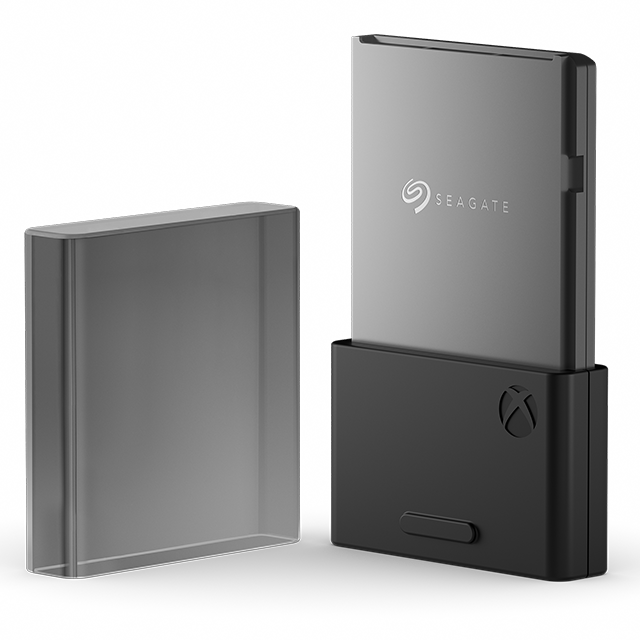
Microsoft’s expansion card strategy represents one of gaming’s most spectacular failures in consumer value engineering. The company prioritized short-term revenue extraction over long-term customer satisfaction, creating resentment that extends far beyond storage concerns.
The collapse of expansion card pricing vindicates consumers who rejected artificial scarcity from the beginning. When users can purchase the best Xbox Series X hard drives and SSDs in 2025 for significantly less than Microsoft’s official solutions, the proprietary strategy becomes indefensible.
More importantly, this failure demonstrates that modern consumers won’t tolerate obvious exploitation indefinitely. Gaming companies that prioritize vendor lock-in over customer value will face similar market rejection.
Microsoft’s storage strategy didn’t just fail – it became a cautionary tale about what happens when corporate greed exceeds consumer tolerance. The 40% clearance prices aren’t just discounts; they’re the sound of artificial monopolies collapsing under the weight of their own absurdity.
The expansion card era is ending not with innovation or obsolescence, but with the market’s decisive rejection of anti-consumer business practices. That’s exactly how it should be.
